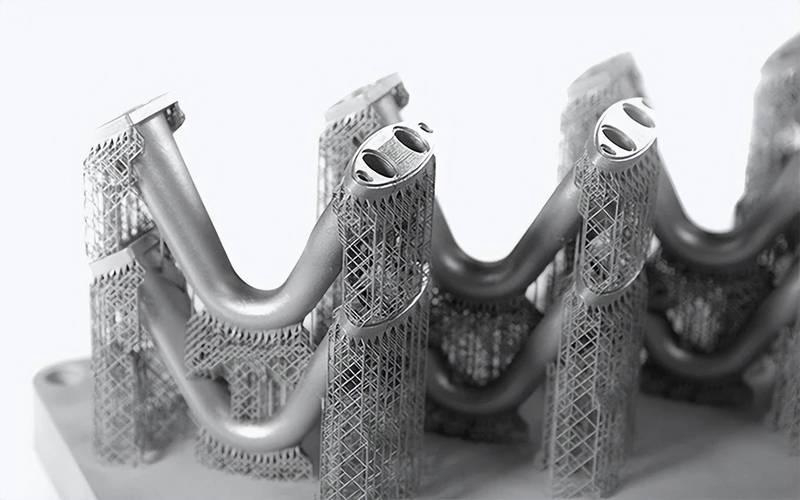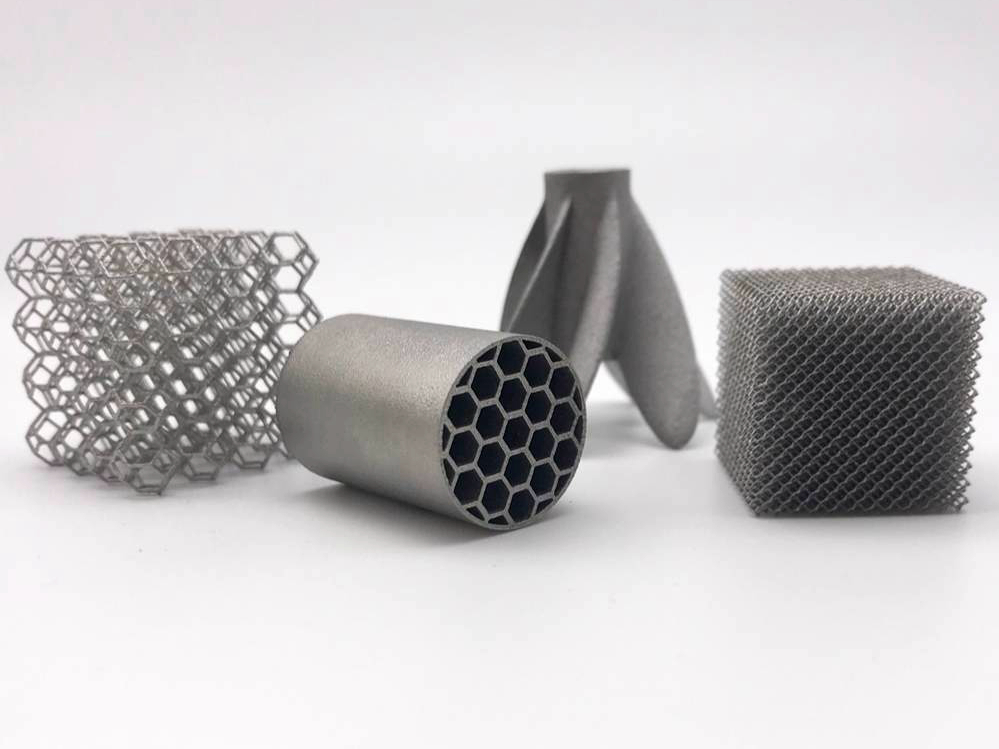What materials are compatible with heat treatment post-processing for 3D printed parts?
What Materials Are Compatible with Heat Treatment Post-Processing for 3D Printed Parts?
Overview
Many metal alloys used in additive manufacturing are designed to be compatible with heat treatment, enabling performance optimization after printing. Heat treatment enhances strength, toughness, fatigue life, and microstructural uniformity—critical for aerospace, medical, tooling, and energy applications. The specific thermal process depends on the material class and intended part function.
Titanium Alloys
Titanium alloys are widely used in aerospace and medical applications due to their high strength-to-weight ratio and corrosion resistance.
Ti-6Al-4V: Supports annealing, stress relief, and HIP to reduce residual stress and improve fatigue strength.
Ti-6Al-4V ELI (Grade 23): Ideal for implants; responds well to annealing and HIP for toughness and ductility.
Ti-6Al-2Sn-4Zr-2Mo: Benefits from high-temperature annealing to support high-stress, high-temperature environments.
Nickel-Based Superalloys
Used for high-temperature structural applications, these alloys gain mechanical strength through solution treatment and aging.
Inconel 718: Heat-treated via solution treatment and double aging to achieve >1200 MPa yield strength.
Hastelloy X: Responds to solution annealing for oxidation resistance and thermal stability.
Haynes 230: Treated via solution annealing and HIP to eliminate porosity and enhance creep resistance.
Tool Steels
Tool steels are hardened and tempered to improve wear resistance, impact strength, and dimensional stability in mold and die applications.
Tool Steel H13: Compatible with quenching and tempering cycles up to 56 HRC.
Tool Steel D2: Requires hardening followed by multiple tempering steps.
Tool Steel 1.2709: Precipitation-hardened; aged at 490°C to achieve ~52 HRC.
Stainless Steels
Stainless steels benefit from annealing and aging to optimize corrosion resistance and mechanical strength.
SUS316L: Softens through annealing for better ductility and fatigue life.
SUS630/17-4 PH: Aged via H900 or H1150 cycles for high strength and corrosion resistance.
Aluminum Alloys
Though limited compared to wrought grades, some printable aluminum alloys support heat treatment.
AlSi10Mg: Heat treatment (T6-like cycle) improves ductility and reduces internal stress.
AlSi7Mg: Responds to aging treatments for improved toughness.
Aluminum 7075: Selectively heat treatable depending on microstructure and print conditions.
Summary Table: Heat Treatable 3D Printing Alloys
Material Class | Compatible Alloys | Typical Treatments |
|---|---|---|
Titanium Alloys | Ti-6Al-4V, Grade 23, TA15 | Annealing, HIP, stress relief |
Superalloys | Inconel 718, Hastelloy X, Haynes 230 | STA, solution annealing, HIP |
Tool Steels | H13, D2, 1.2709 | Hardening + tempering, aging |
Stainless Steels | 316L, 17-4 PH | Annealing, precipitation aging |
Aluminum Alloys | AlSi10Mg, AlSi7Mg, 7075 | Aging, T6-like treatment |
Recommended Services for Thermal Optimization
Neway 3DP provides thermal treatment tailored to material and part function:
Heat Treatment For stress relief, aging, hardening, and annealing.
Hot Isostatic Pressing For porosity elimination and fatigue improvement.
CNC Machining For final finishing after thermal stabilization.



